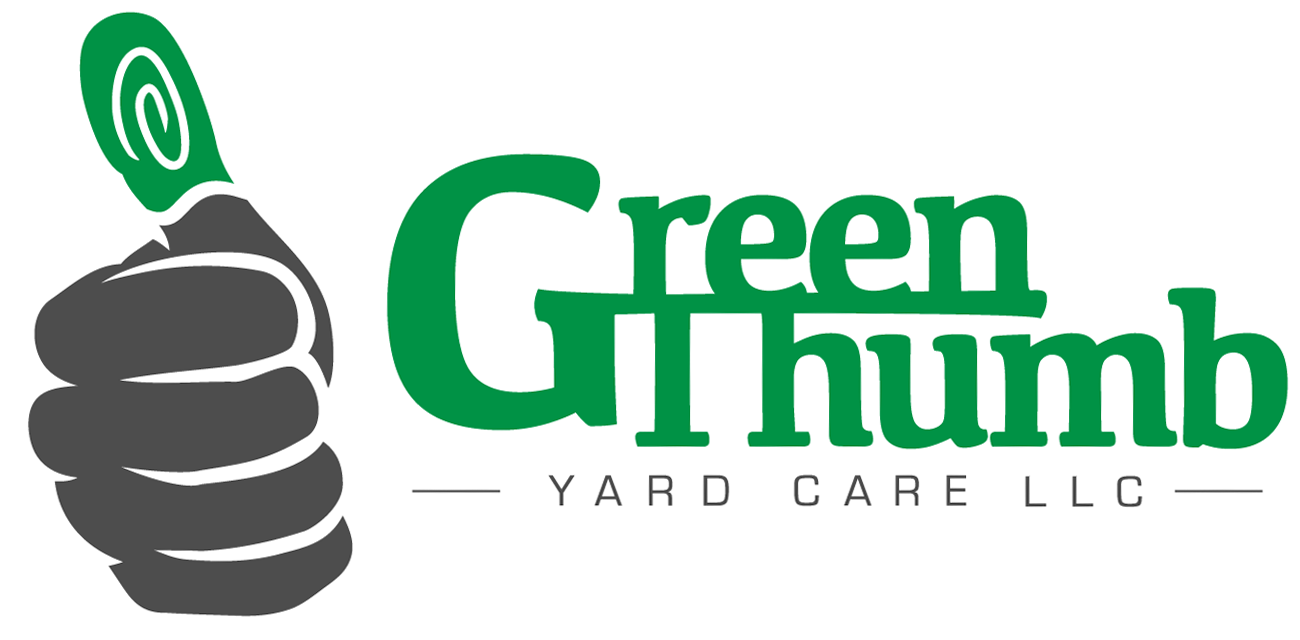Should You Aerate This Spring?
“Why Spring is the Best Time for Aeration”
“Why is Spring Aeration Less Effective?”
“Lawn care: Never aerate cool season lawns in the spring”
The conflicting and convoluted opinions are overwhelming. Especially if you are in a position with no prior background in turfgrass care. Take a look at our opinions and reactions to arguments for and against spring aeration.
What is aeration
Before you read any further, it is crucial that you have a basic grasp of aerating and its benefits. Please read the linked article to make sure you understand the foundations of aerating.
Green Thumb’s Opinion
The facts:
We service the Baltimore area (central Maryland). Geologically, Baltimore lies in a region of Maryland known as the
“Whenever aeration is done (as long as the soil is not excessively wet) it will help alleviate soil compaction for a while.”
– Ph.D. Turfgrass Science
Argument 1: Spring aerating increases your lawns susceptibility to moisture-related problems
The logic behind this argument is that spring is generally a wet season. Wet conditions are optimal for root rot and fungal diseases.
Here is our problem with this hypothesis. Moisture alone is not detrimental to grass. However, moisture with heat is a breeding ground for fungus. To negate this potential threat, we plan to aerate between March 1 and March 21. Before temperatures become hot and rainy April arrives.
Secondly, aeration, when done properly, increases the air flow to soil roots. That leads me to believe that moisture would decrease! Since the exchange between soil, air and atmospheric air increases after aeration, water will evaporate more quickly.
I do agree that aerating in April would be a poor decision, and lead to a muddy lawn. That is why our program only aerates between March 1 and March 21.
Argument 2: Aerating stresses the lawn. Stressing the lawn before summer makes the lawn more susceptible to drought and heat
This is another argument that we can get behind IF aeration is timed poorly. Aerating in late May will definitely expose the lawn to more severe drought and heat.
However, timing the aeration properly, in late winter or early spring, disarms this threat. Aerating well before summer allows adequate time for the lawn to recover. It also eliminates compaction and increases the overall health of the lawn. Therefore, the lawn will be entering summer healthier after being aerated compared to not being aerated.
It is also important to asses a lawn care program in its totality. As a part of our complete program, we apply potash fertilizer before summer. Potash helps the lawn
Argument 3: Overseeding is not as effective in the spring
We agree. Fall is the optimal season for overseeding. But, our opinion is that overseeding does not introduce any new risks. Overseeding is also most effective immediately after aerating. Given this information, why not overseed if we are also aerating? Sure, some of the grass seed may die. It is equally true that some of the seed will survive and create a thicker lawn.
Argument 4: Aerating helps grass grow, but it also helps weeds grow, too
This argument revisits the importance of timing. My former professor at the University of Maryland, College Park, Mark Carroll acknowledged this issue in our email exchange.
“Biggest down side to spring aeration is that it can promote the germination of annual grasses. I suppose if you do it early enough (before mid April) and then follow up with a [pre-emergent] herbicide within a week or two you can do it [without promoting too] much annual [grass] germination.”
– Ph.D. Turfgrass Science
Our timing, March 1 – March 21, is well before
Argument 5: Won’t using a pre-emergent after spreading grass seed, inhibit seed germination?
Again, refer to the timing of our program. We will be overseeding between March 1 and March 21. Kentucky bluegrass is the slowest species of grass to germinate, taking up to 2-4 weeks. Other species in our seed mix, tall fescue, and rye take 1-2 weeks and about 1 week to germinate respectively. Doing the math, almost all seed will have germinated by April 21, just in time for our dithiopyr application.
In the literature on dithiopyr, crabgrass is the only plant mentioned to be susceptible to the herbicide after germination (there are other intolerant ornamental and grass species mentioned, but none of them are used in our overseed mix). This leads us to believe that once grass seed has germinated, there is little to no risk applying dithiopyr.
Our conclusion
Spring aerating is beneficial for central Maryland lawns. Yes, there are some problems and risks associated with this practice. However, with proper timing and a complete turfgrass management plan, all of these issues are addressed. Therefore, the benefits of spring aeration outweigh any potential negatives. So, for the healthiest lawn, aerate in the spring and fall. If you want to do it yourself this spring, make sure that you have a comprehensive program to overcome each hurdle. If you would like the help of a professional, fill out the form below.
